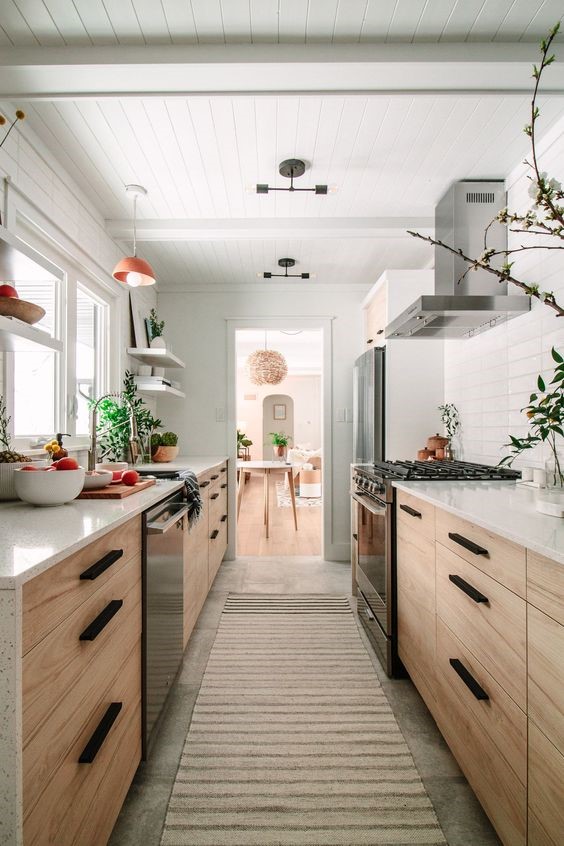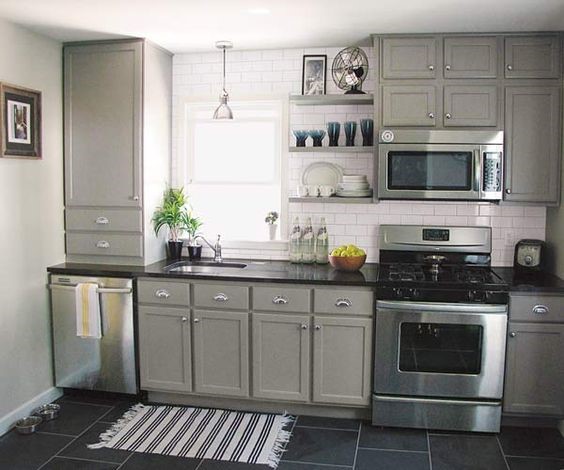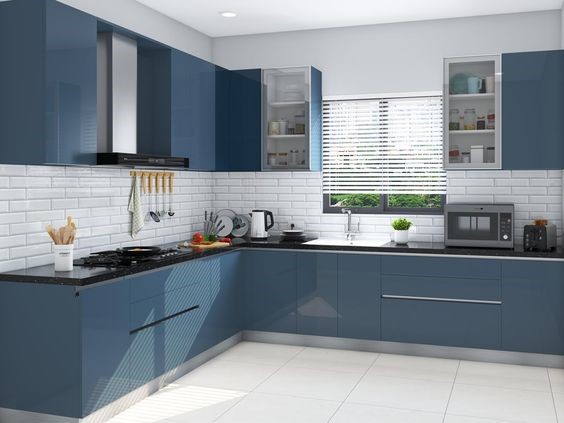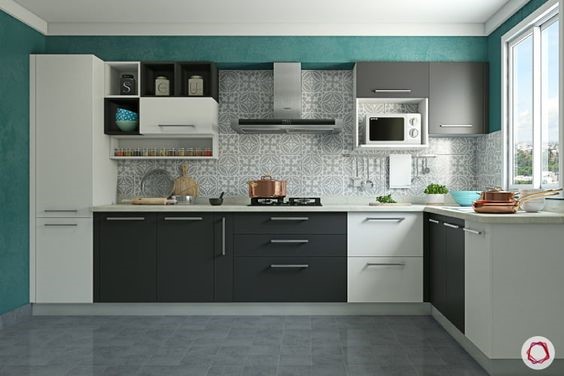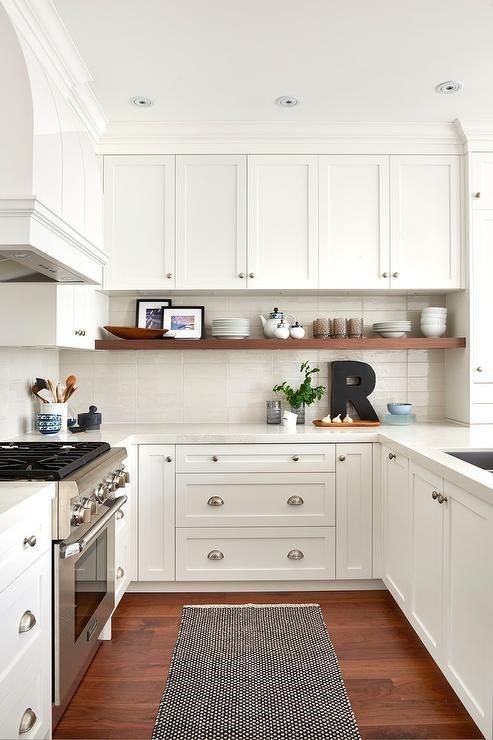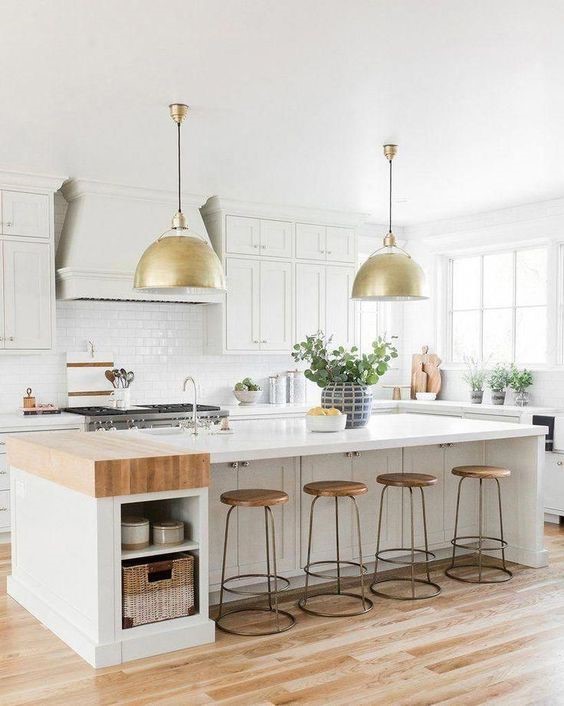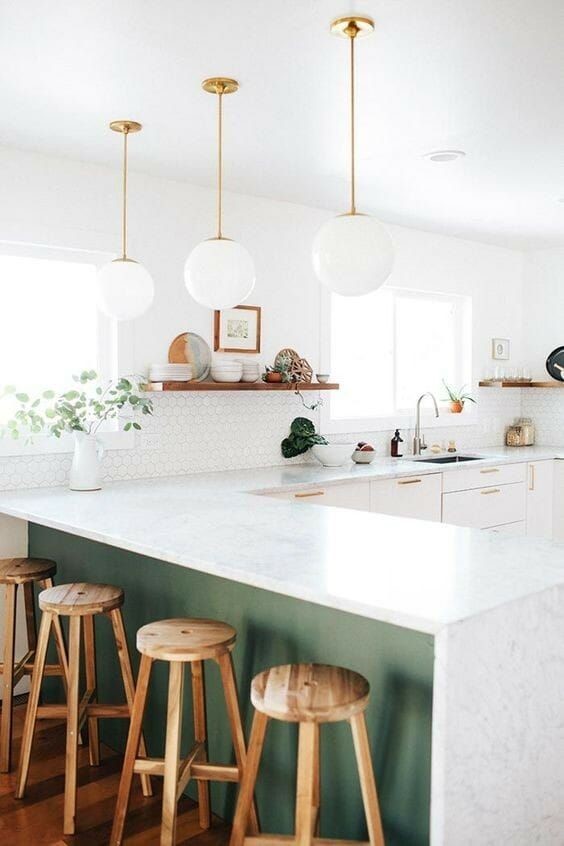BRIGHTEN UP A GLOOMY DAY – MAKE YOUR HOME WARM & INVITING!
Monsoon is here and it is a wonderful weather where we all would love to enjoy a hot cup of masala chai with some spicy pakodas! It is the ideal weather to curl up, just be and enjoy the nature is all it’s soaked up green glory!
While most of us love this weather, our homes do not feel the same way and need special care and maintenance in the monsoon season. Here are a few home care tips for the monsoon to prevent moisture damage indoors and to lift your spirits!
ENTRANCE & FOYER DÉCOR TIPS FOR THE MONSOON
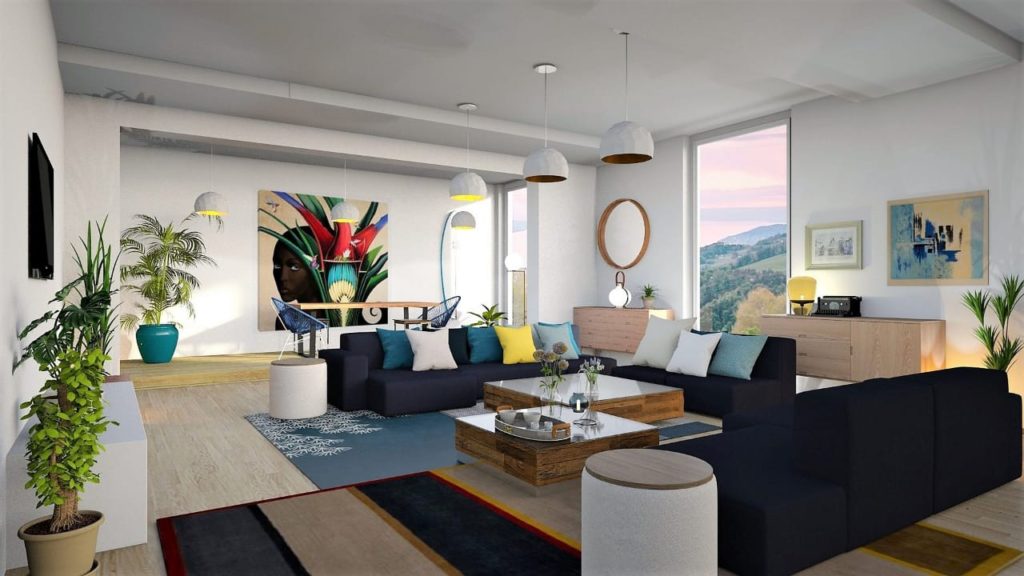
- Use coir or all-weather doormat at the entrance. This helps absorb rainwater and mud from the shoes even before you enter the house.
- Keep an umbrella/raincoat stand near the door. This will come in handy to leave the wet things at the entrance itself instead of getting them indoors and leaving a trail of rainwater. If you have space outside your main door, you could place them there. Else, just place them at the entry foyer. A shoe rack too could be placed here with some silica gel to keep away the musty smell.
- Put up a floating wall shelf or an accent table near the entryway. Create a caddy to keep your face masks (which is a MUST HAVE in these times) and hand sanitizers. This way you or your house helps or any visitors can ensure sanitization before you enter the living room area or the rest of the house. Your masks also have a designated place to be stored without getting tossed around the house. This is not just for the monsoon but can be followed as a safety tip all through the year. You could also keep a small bowl or glass jar of potpourri – this not only adds a pop of color but also gives out a pleasant smell and masks any musty odors from the wet umbrellas /coats /shoes.
INTERIOR DÉCOR & CARE FOR THE MONSOON
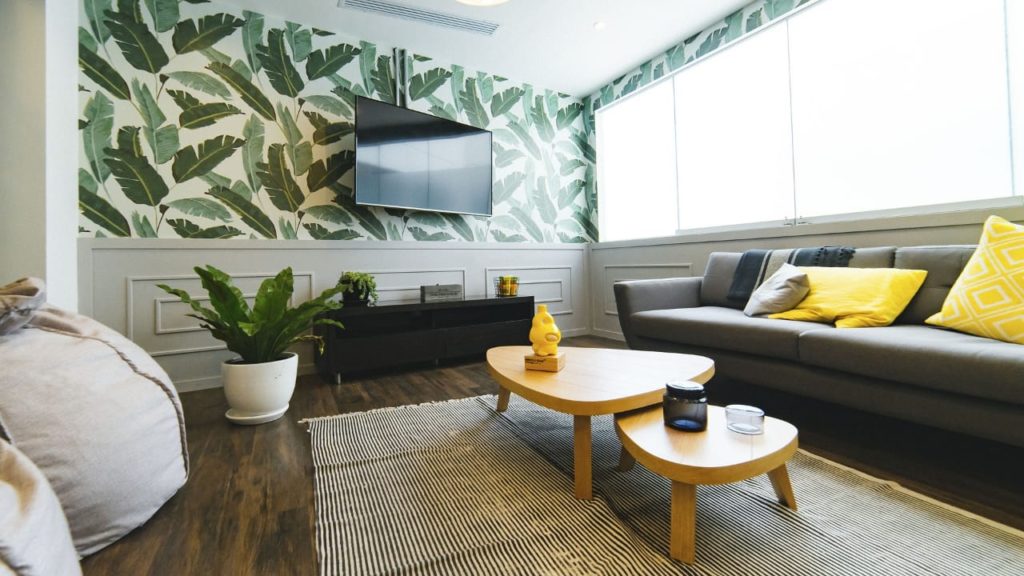
- Monsoon is synonymous with dull gloomy weather. Brighten up your home with a simple change in furnishing. Add brightly colored curtains or cushion covers to brighten up your living room. You could also add some paintings or wall decorations. Bring in some freshness with flowers – use up vases or wine bottles to place some long-stemmed seasonal flowers or place a brass urli, add some water, float some candles & tiny flowers to give the room a new and fresh look.
- Sometimes there is a musty smell that lingers because of all the moisture in the air during this season. Make sure you air out your home well with cross ventilation. If you have areas with sunlight streaming in, make use of it, and open up the blinds. Let your home soak in the warmth and light. To mask the smell, you could also use a dehumidifier or a diffuser. Just add a few drops of natural essential oils like Citronella or Lemongrass to the water and it will leave your house smelling fresh! You could even burn camphor in the diffuser if you don’t have essential oils.
- Carpets and Rugs are difficult to clean and maintain in the monsoons. Put these away for the season and use ones made of bamboo or coir similar material for an earthy feel. If you can’t put them away, ensure you air them out in indirect sunlight regularly.
- Your furniture also needs special attention in the monsoons. If you have wooden furniture, this season could attract termites and pests. Use neem oil / leaves or cloves available at home as natural repellents. Move furniture away from walls and windows, wherever possible. Don’t use a wet cloth to wipe down furniture – instead, oil-clean them regularly and use a dry cloth to dust them every day. Upholstered furniture also needs to be kept away from wet cloth during this time. Use fabric deodorants on your upholstery.
- Remember those tiny packets of silica gel that come with your packages? They are your best friends this season. Don’t throw these out – start collecting them in a jar. They can be placed inside open food packets or spice jars to keep them fresh. Put them inside shoes to keep out the smell. Place a few in your cupboard to keep the moisture in the air away from clothes. Put them in your bookshelf to keep them from going bad due to humidity. One tiny packet – multiple uses!
- Do electrical sockets & wiring check. If you have not used good quality wiring, this could get affected because of the moisture and may pose safety hazards. Make sure to check your wiring across the house before monsoon sets in.
- Monsoon attracts germs. When mopping your floors every day, use a good quality disinfectant. Choose a chemical-free natural one (like citronella based) to get a long-lasting freshnes
- Check for leaks and gaps through which rainwater or moisture could seep in. Plug these in advance to avoid damage to both health and interiors.
Did you find these monsoon tips and hacks useful? Do you have any other home remedies that you follow for monsoon care? Do let us know in the comments below. We will be back soon with more monsoon care tips for the kitchen, bathrooms & your garden!


